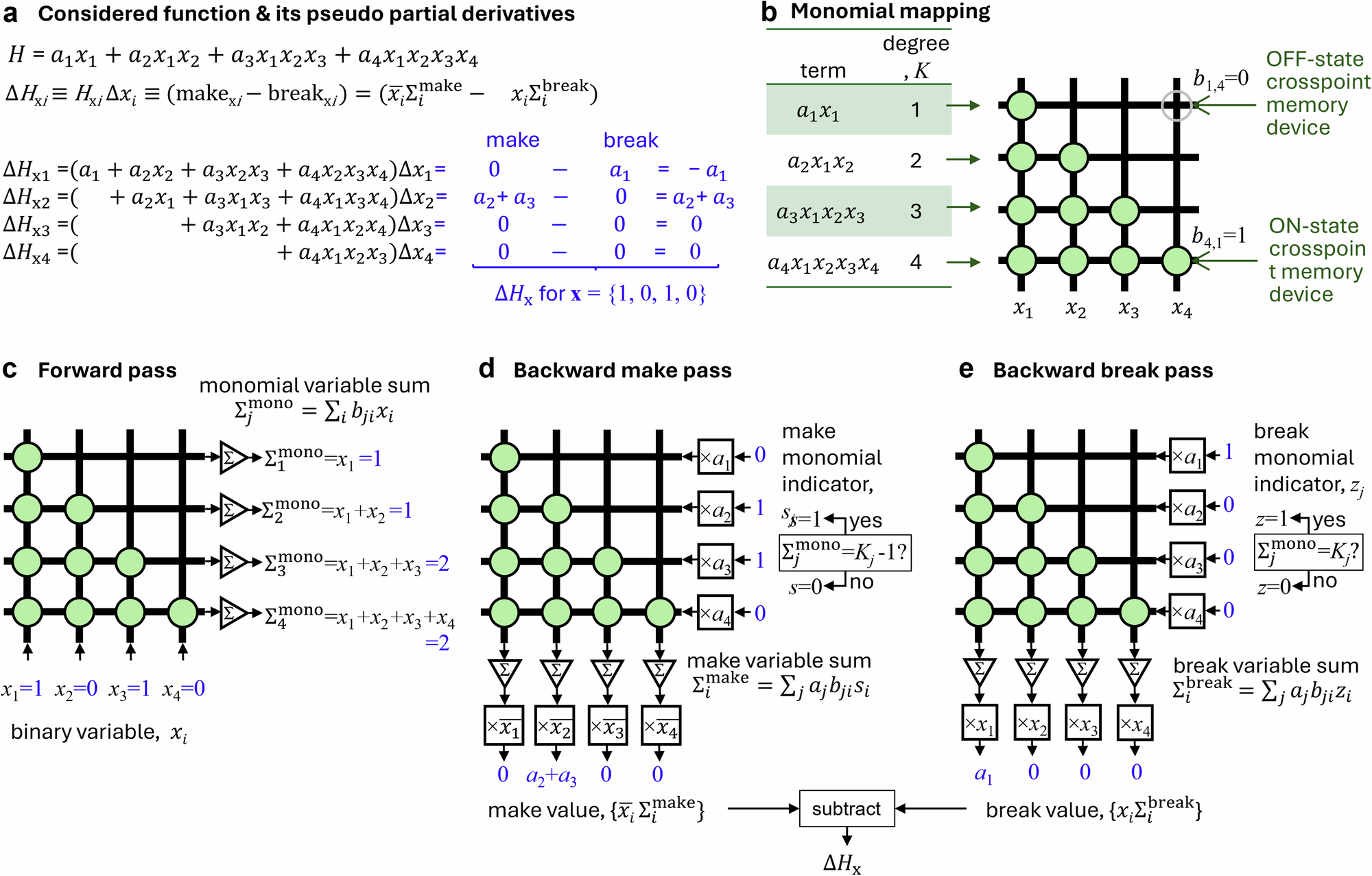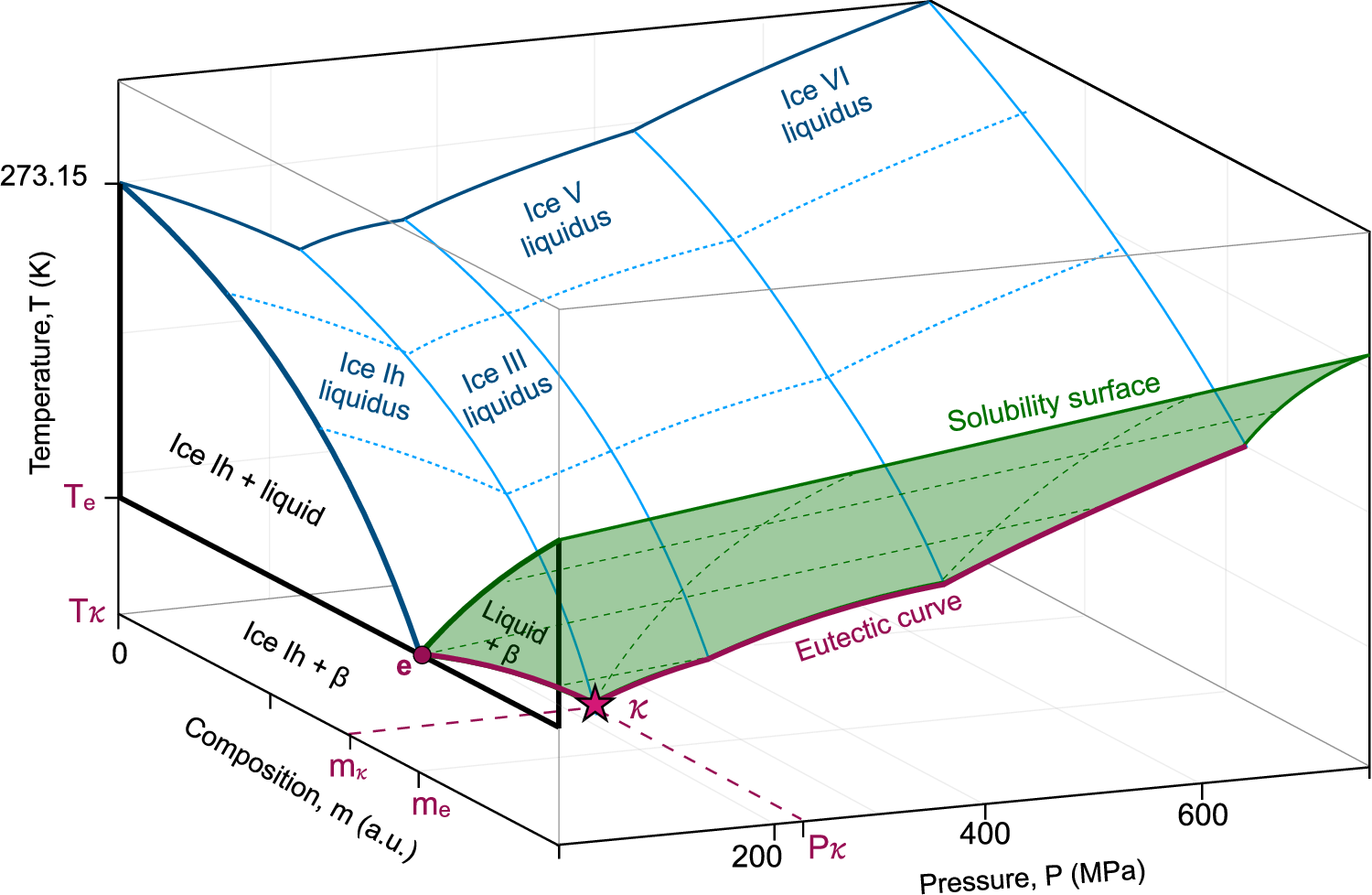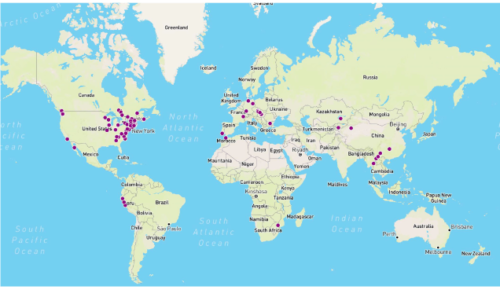2025-01-08 カリフォルニア大学サンタバーバラ校(UCSB)
<関連情報>
- https://news.ucsb.edu/2025/021718/innovative-hardware-rapidly-solving-optimization-problems
- https://www.nature.com/articles/s41467-024-52488-y
記憶における高次多項式勾配の計算 Computing high-degree polynomial gradients in memory
Tinish Bhattacharya,George H. Hutchinson,Giacomo Pedretti,Xia Sheng,Jim Ignowski,Thomas Van Vaerenbergh,Ray Beausoleil,John Paul Strachan & Dmitri B. Strukov
Nature Communications Published:18 September 2024
DOI:https://doi.org/10.1038/s41467-024-52488-y

Abstract
Specialized function gradient computing hardware could greatly improve the performance of state-of-the-art optimization algorithms. Prior work on such hardware, performed in the context of Ising Machines and related concepts, is limited to quadratic polynomials and not scalable to commonly used higher-order functions. Here, we propose an approach for massively parallel gradient calculations of high-degree polynomials, which is conducive to efficient mixed-signal in-memory computing circuit implementations and whose area scales proportionally with the product of the number of variables and terms in the function and, most importantly, independent of its degree. Two flavors of such an approach are proposed. The first is limited to binary-variable polynomials typical in combinatorial optimization problems, while the second type is broader at the cost of a more complex periphery. To validate the former approach, we experimentally demonstrated solving a small-scale third-order Boolean satisfiability problem based on integrated metal-oxide memristor crossbar circuits, with competitive heuristics algorithm. Simulation results for larger-scale, more practical problems show orders of magnitude improvements in area, speed and energy efficiency compared to the state-of-the-art. We discuss how our work could enable even higher-performance systems after co-designing algorithms to exploit massively parallel gradient computation.



